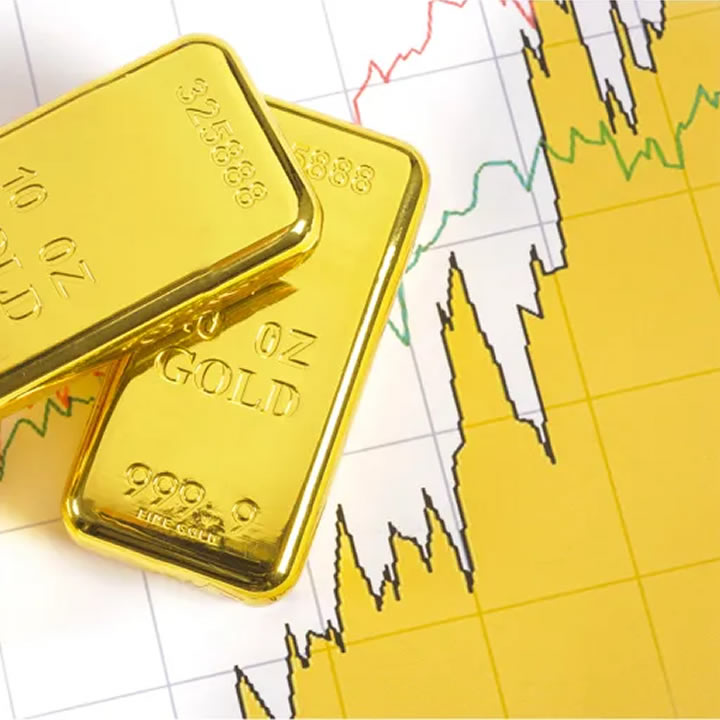If you’re not sure when to invest in precious metals, then you’re not alone. There are many different factors that can affect the value of gold and other precious metals, and you should take some time to understand them.
For example, how the economy is doing is one factor, but you also need to consider inflation and the possibility of a recession. It is best to diversify your investments, so you’re not putting all your money in one place.
Buying gold and silver is a good way to make sure that your investments are not too dependent on a single economic trend.
Gold prices rise as demand goes up
Gold is a well-known asset that is commonly thought of as a safe haven for investors. The value of gold can change quickly and frequently, so a sound investment strategy requires careful consideration.
Gold’s price increases are based on the supply and demand equation. When there is more demand than there is supply, prices rise.
A recent World Gold Council report found that global physical gold demand increased in the third quarter of the year by 28%. This is an impressive feat, considering that the first half of the year saw only 1% growth in the number of ounces available.
Other factors that play a role in the price of gold include interest rates, economic data, and the stock market. As interest rates increase, it becomes more expensive to buy gold.
Precious metals prices act as a hedge against inflation and recession
If you’re looking to diversify your portfolio, consider ways to learn more about gold investing. These assets are durable and can help protect you against future market downturns and uncertainties.
Gold and silver are two of the most well-known inflation hedges. It’s not uncommon to see investors flock to these assets during periods of economic uncertainty.
Silver, in particular, offers some of the best returns during inflationary times. A recent analysis of the history of the silver price reveals that silver’s monetary value has fluctuated over the course of a century.
Although gold’s purchasing power has always been considered the gold standard, there are some drawbacks to using it as a hedge. Firstly, it has a limited supply. The cost of digging it up can also be prohibitive.
While gold is the most well-known and popular precious metal, it isn’t the only one. Other metals include silver and palladium. A Morgan Stanley Financial Advisor can help you determine which one would be best for your investment.
Precious metals are a smart way to diversify your investment portfolio. These investments have low volatility, but they also offer good long-term returns. They are also safe and can provide you with a safety net during tough times.
When building your portfolio, you should consider your goals and the needs of your future. Investing in precious metals is a great way to increase your assets, protect your wealth, and even help you with extra income.
But it is not always an easy decision. The biggest risk is price volatility.
It is important to consider whether you are investing in physical metals or purchasing precious metals ETFs. ETFs are not as appealing as buying physical bullion. Physical metals are stored in a bullion bank, which may present counterparty risks.
Precious metals are a means of insurance in times of economic strife
Precious metals are a type of asset that is commonly sought after for investment purposes. They offer investors a means to store value, and often provide a way to hedge against inflation.
However, they do not have the same liquidity as stocks or other forms of investments.
The most popular precious metal is gold. Other options include silver and platinum. Silver has a very different demand profile than gold. Platinum is also gaining popularity with investors.
Gold is a durable metal that is resistant to oxidation and corrosion. It can be found in various forms such as bullion bars.
Silver and platinum can be stored in a vault. However, storage costs will vary depending on the weight.
Precious metals are a means of profit opportunity
Precious metals are a means of profit opportunity that is often overlooked by investors. They offer an excellent hedge against inflation and a safe haven in the event of an economic downturn.
Precious metals are also a great diversification tool. Since gold and silver have low correlations with other asset classes, they can help mitigate a drawdown in equities.
Historically, precious metals have been more stable than equities during periods of market turmoil. These assets are free from government intervention and taxes, providing a secure and portable means of wealth.
Precious metals also offer a dynamic way to hedge against the risk of hyperinflation. While fiat currencies become devalued when a nation prints too much money, the value of gold and other commodities remains stable.
They can create a more diverse portfolio
If you are looking to diversify your portfolio, you might want to consider investing in precious metals. The asset class has a number of benefits, including diversification, a hedge against inflation, and low correlations to other asset classes.
However, it also has some risks and disadvantages.
Historically, the price of precious metals has been highly uncorrelated to the stock market. For example, the gold price has remained relatively stable during periods of severe market turmoil.
As a result, precious metals are an effective risk-management tool. They can help mitigate drawdowns in your equity portfolio. This is especially true for investors with a long-time horizon.
In addition, precious metals offer a high degree of liquidity. Because they don’t create cash flow or income, they are more flexible and less sensitive to interest rate changes than bonds.

